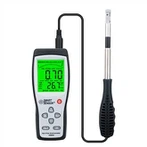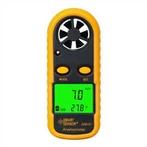Factors that slightly affect the accuracy of coating thickness gauges
1. Magnetic properties of the base metal
The magnetic thickness measurement is affected by the magnetic change of the base metal (in practical applications, the magnetic change of low carbon steel can be considered slight), in order to avoid the influence of heat treatment and cold working factors, it should be used The standard sheet is used to calibrate the coating thickness gauge; the test piece to be coated can also be used for calibration.
2. Electrical properties of the base metal
The conductivity of the base metal affects the measurement, and the conductivity of the base metal is related to its material composition and heat treatment method. The instrument is calibrated using a standard sheet having the same properties as the base metal of the test piece.
3. Base metal thickness
Every coating thickness gauge has a critical thickness for the base metal. Above this thickness, the measurement is not affected by the thickness of the base metal.
4. Edge effect
The instrument is sensitive to abrupt changes in the surface shape of the test piece. It is therefore unreliable to measure near the edge or inside corners of the test piece.
5. Curvature
The curvature of the test piece has an effect on the measurement. This effect always increases significantly with decreasing radius of curvature. Therefore, measurements on the surface of curved test pieces are not reliable.
6. Deformation of the test piece
The probe deforms soft-covered specimens so reliable data can be obtained on these specimens.






